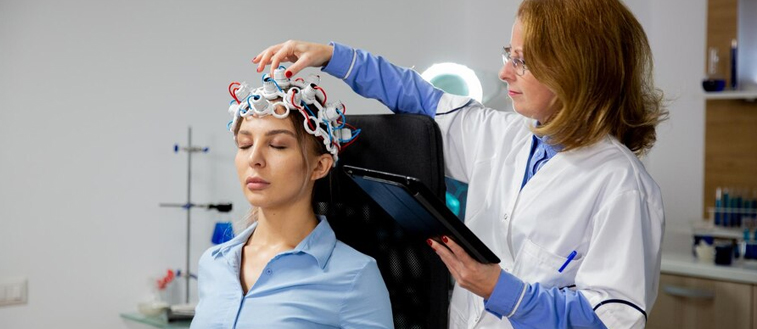
What is Headache?
People with tension-type headaches often feel stress or tension before their headache. Unlike migraine, tension headaches occur without other symptoms such as nausea, vomiting, sensitivity to lights and sounds, or an aura. Migraine headaches causes moderate to severe pain that is worsened by light, noise, and motion.